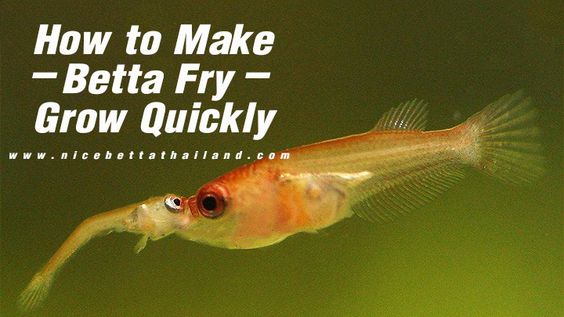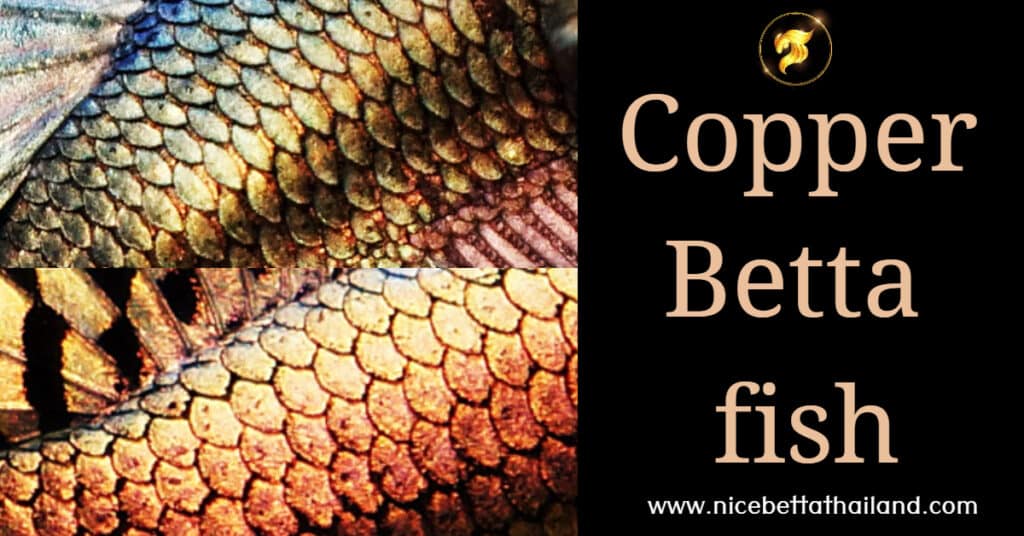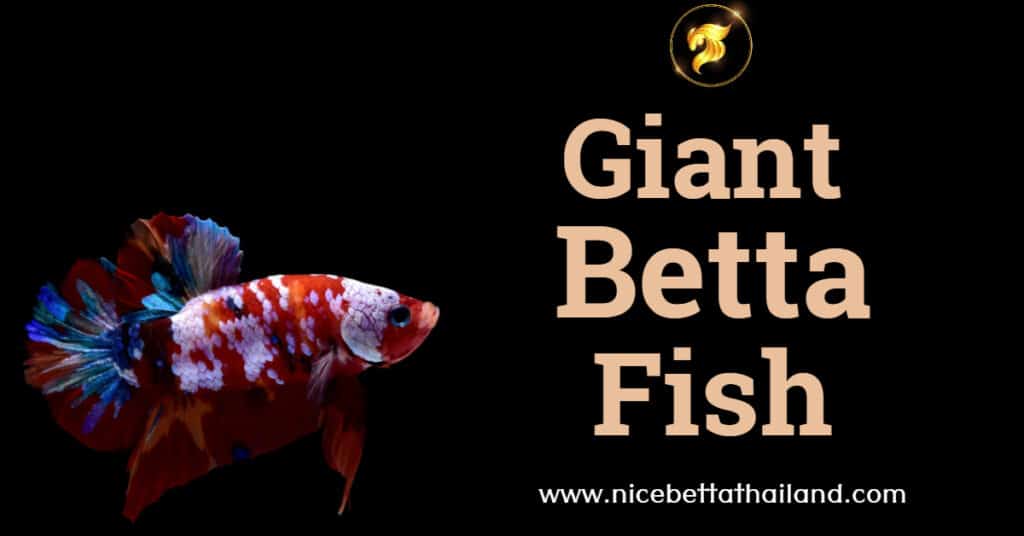Make betta fry grow quickly best way for all most baby fry survice. Time to make betta fry grow quickly that safe for fish. Start a culture of infusoria several days before your betta fish spawn so they will be ready when your fry hatch. Infusoria are microscopic aquatic organisms that you will feed your bettas fry for the first few days after they’ve consumed their yolk sacs.
Care Betta Fry grow faster
Fill a large plastic or glass jar with water and “seed” it with infusoria culture purchased online or at your local fish store. Boil a few pieces of lettuce for one to two minutes, then place it in the glass jar as food for the infusoria.
Wait a few days after the fry have hatched until they absorb the yolk sacs. During this time, the male betta fish will continue to care for the fry in the bubble nest and the fry will not require any food until their bodies have fully absorbed the yolk sacs that remain attached to their bodies after hatching.
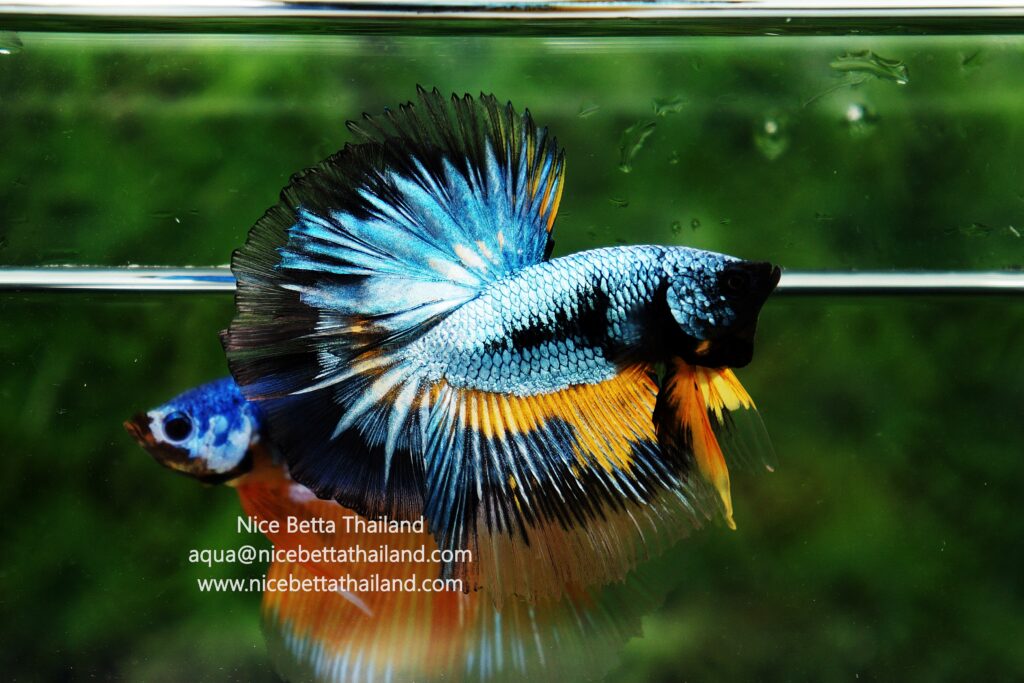
Remove the male betta from the tank after the fry have become free-swimming — that is, once they have left the bubble nest. Male betta fish typically do not eat their own fry but it will be easier to care for the betta fry if you keep them in a separate rearing tank.
Maintain a stable water temperature in the betta fry tank around 75 to 80 degrees Fahrenheit using an aquarium heater. If the tank temperature changes too drastically, it could hamper the growth of your betta fry or kill them outright.
Use an eye dropper to siphon some of the infusoria water out of the jar and squeeze it directly into your betta fry tank. Avoid siphoning any of the vegetable matter. The infusoria are small enough for newly hatched betta fry to consume, and their movement in the water will attract the attention of the fry.
Feed your betta fry an eyedropper full of infusoria several times a day for three to four days. After four days or so, the fry should be large enough to accept larger betta fish food.
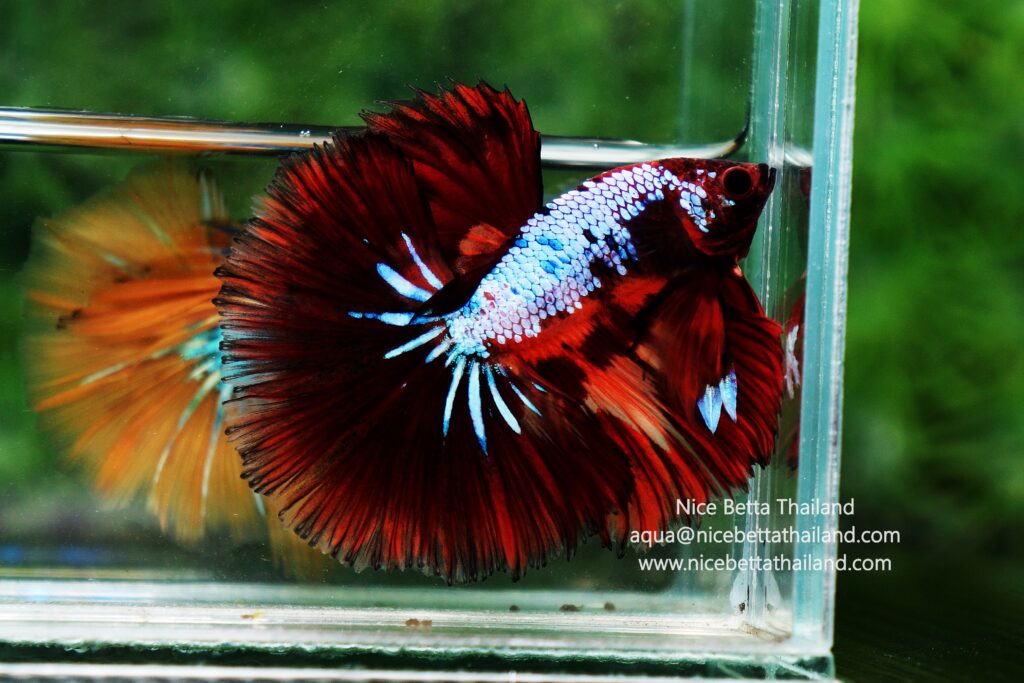
Offer your baby betta fish newly hatched brine shrimp following the same procedure with which you fed them infusoria. Feed the fry small amounts of brine shrimp several times a day to help them achieve maximum growth. You may choose to purchase your brine shrimp or culture them yourself.
Add variety to the diet of your betta fry as they grow large enough to accept other foods. Betta fry will typically accept microworms and artemia as well as crushed freeze-dried foods like bloodworms and daphnia.
Separate your betta fry into a 10-gallon grow-out tank once they reach 6 weeks of age. A larger tank will provide the fry with more room to grow. If you have a large number of fry, you may want to use two separate grow-out tanks.
Continue to feed your betta fry small amounts of food several times a day until they reach 8 weeks of age or until they grow to about 3/4 inch in length.
Separate the betta fry into individual jars or cups to continue raising them to maturity. If you prefer not to jar every betta separately you can jar the males and keep all of the females in one tank together. You should be able to identify the male betta fish at this point based on their brighter color and longer fins. The males will need separate tanks at maturity.
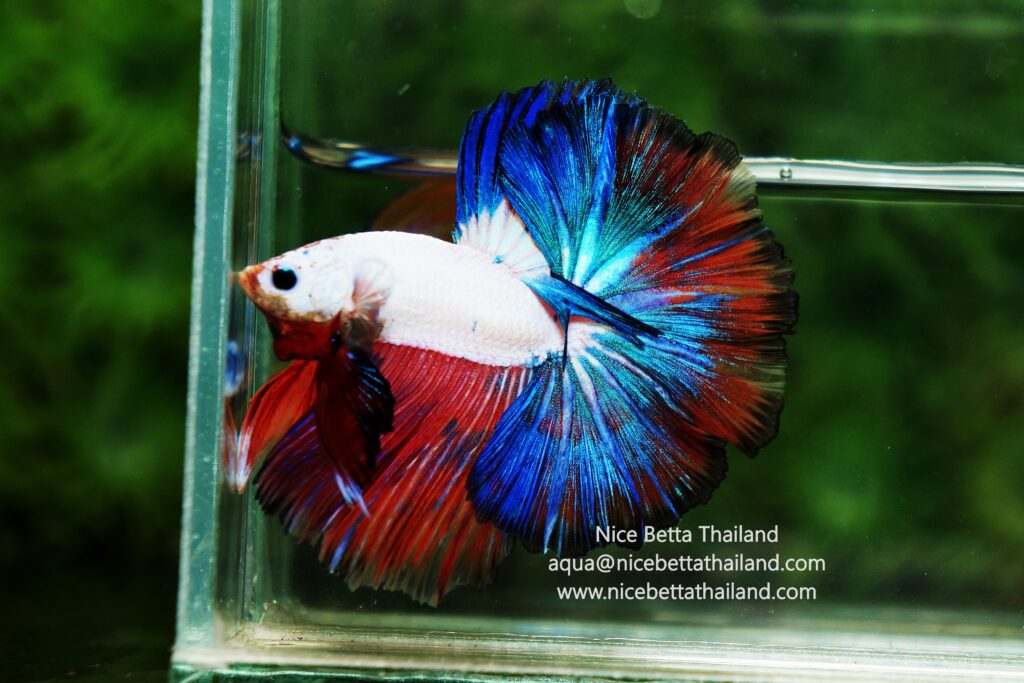
Tip
Once you have separated your juvenile betta into jars, treat them as you would treat adult bettas, feeding small amounts of food twice a day. If you are using betta pellets, do not feed your juvenile betta more than three or four pellets per day.
Warning
While your betta fry are still young, protein is an incredibly important part of their diet. Once your betta fish mature, however, feeding too many rich foods like bloodworms and brine shrimp can result in digestive issue
Also we have group talk about betta fish for sale and share any new tip take care information on Web3 socialFi group

Right now we have betta fish doctor help every bettas lover by top breeder in Thailand to cure or share more tip on Animalverse social
If your bettas fish sick or need tip to treat help or join event prize with AVC Token
Let’s join the group many top breeder will help to answers in betta fish community
More tip :
All of Betta Fish A Guide on Patterns, Color in the world
The most expensive betta fish in the world.
15 Common Betta Fish Diseases Prevention and Treatment
How much space do betta fish need?
Female betta fish sorority tanks


